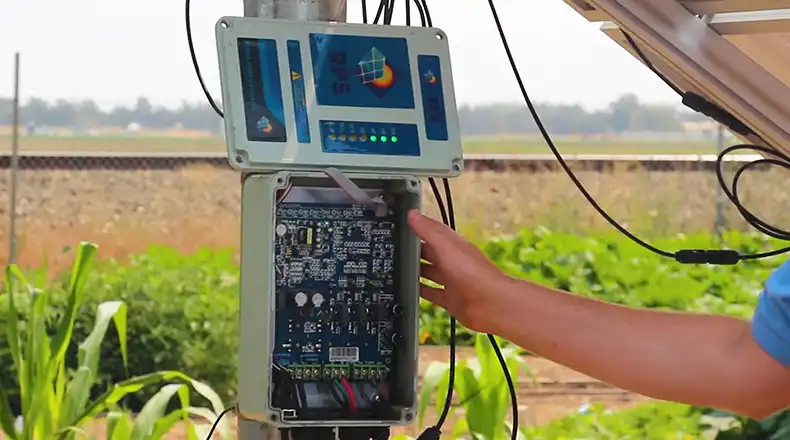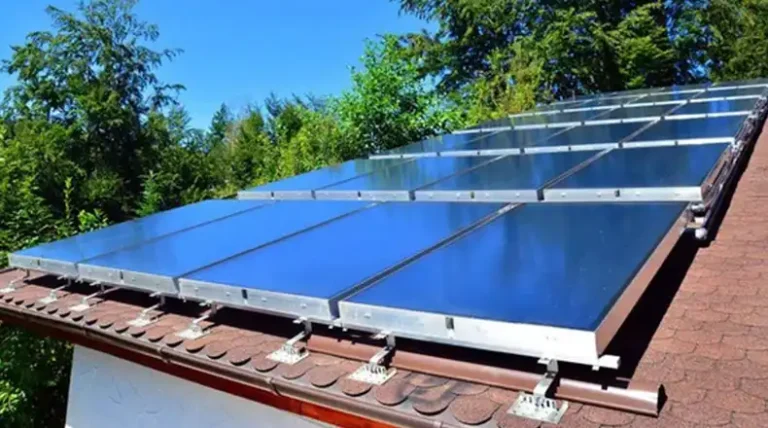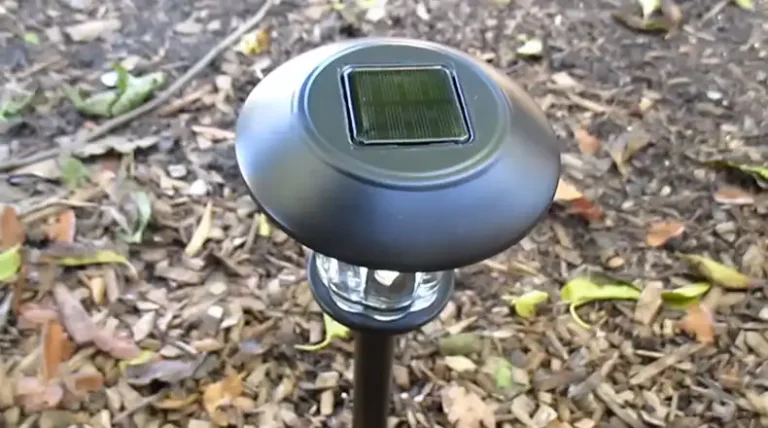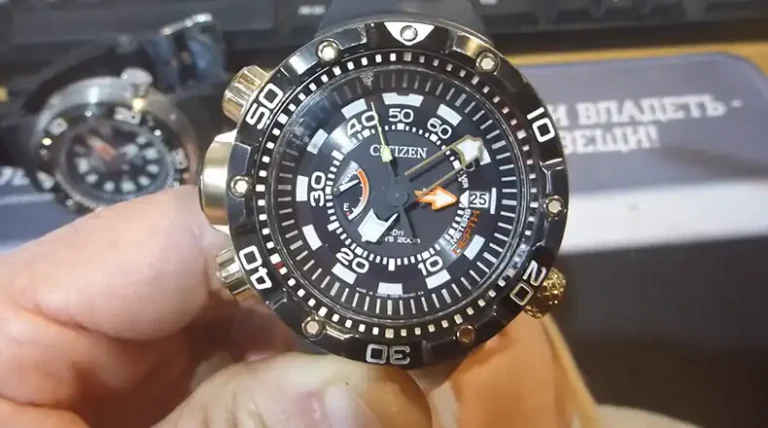What Does MPPT Mean on an RPS Solar Pump?
Solar-powered water pumps provide an eco-friendly pumping solution, but getting the most out of the system requires optimizing energy harvesting from the solar panels. The technical term MPPT, or Maximum Power Point Tracking, frequently appears on pump specifications but what does this actually mean?
MPPT is a smart electronic control technique that dynamically maximizes power output from solar panels to drive pumps at peak efficiency. As solar conditions change throughout the day, MPPT maintains peak energy delivery to the pump system. Understanding MPPT technology is key for unlocking the full pumping potential from your solar array investment.
In this article, we’ll explain what MPPT is, why it is crucial for solar pumping productivity, how it compares to standard PWM controllers, and considerations for properly implementing MPPT in renewable pumping systems. Whether exploring your first solar pump or designing an expansive irrigation system, read on to learn why MPPT helps solar panels and pumps work better together.

What is MPPT?
MPPT stands for Maximum Power Point Tracking. It is an electronic technique used in solar-powered devices like pumps to dynamically maximize energy harvesting from solar panels.
Solar cells have a specific operating point where the combination of current (Amps) and voltage (Volts) generates peak wattage. But factors like temperature, clouds, and panel angles continuously shift this peak power point around.
MPPT controllers self-adjust the electrical load characteristics seen by solar panels so they always operate at their most efficient peak voltage and current, producing maximum available power. This allows solar pumps and other devices to capture the greatest possible energy input from sunlight across changing conditions.
How MPPT Technology Works
Your solar panels have a sweet spot, a Maximum Power Point (MPP), where they churn out electricity with maximum efficiency. This point, influenced by factors like temperature and sunlight intensity, fluctuates throughout the day. MPPT controllers come into play by constantly tailing this elusive MPP, ensuring your solar panels operate at the pinnacle of their power-producing prowess.
Understanding the dance between voltage and current, MPPT fine-tunes these parameters to extract the highest power output, even when external conditions throw shade—quite literally. The result? An orchestra of electrons harmonizes to maximize solar energy conversion.
The key steps in Maximum Power Point Tracking are:
- Measure solar panel voltage and current output
- Calculate power using P=IV
- Continuously adjust operating point for maximum power
- Lock loading at peak power point
- Convert to optimal voltage for pumping
Advanced MPPT algorithms maximize and maintain solar panel peak power output as environmental factors shift throughout the day. Capturing this optimal energy allows solar pumps to access the full potential of renewable solar resources.
Why MPPT is Important in RPS Solar Pump Systems
So, what does MPPT bring to the table for RPS (Remote Power Systems) solar pumps? Utilizing Maximum PowerPoint Tracking technology in solar water pumping delivers several key benefits:
- Optimizes Solar Energy Conversion: Ensures panels operate at their highest possible efficiency at all times for maximum power. Essential for matching pump size to array wattage.
- Enhances Pumping Performance: More watts from the panels equals more electrical energy for water pumping. MPPT allows properly sized pumps to achieve full flow capacity.
- Increases Pumping Efficiency: Operating pumps near optimum input power improves performance and minimizes electrical losses. Maintaining peak power delivery maximizes water output.
- Adapts to Changing Sunlight Conditions: Sun intensity varies throughout the day. MPPT adjusts solar array power for unmatched efficiency as conditions change.
- Maximize Water Output: In the dynamic world of sunlight variations, MPPT ensures that your RPS solar pump extracts the maximum water output, regardless of changing environmental conditions.
Overall, MPPT controllers maximize productivity from solar-powered pumping systems.
MPPT vs PWM Controllers for Solar Pumps
When it comes to solar pump controllers, the choice between MPPT and PWM (Pulse Width Modulation) controllers is pivotal. Here’s a quick table outlining the differences:
| Feature | MPPT Controllers | PWM Controllers |
| Efficiency | High (93-99%) | Lower (60-80%) |
| Cost | Relatively higher due to advanced technology | Cost-effective |
| Low Light Performance | Better performance in low light conditions | Less effective in low light conditions |
| Cold Weather Performance | Performs well in colder climates | May face challenges in colder temperatures |
| Complexity | Complex, with tracking | Simple, no tracking |
| Ideal System Size | Over 500W | Under 500W |
| Voltage Boost Ability | Yes, buck-boost | No boosting |
Because of their substantial performance advantages, MPPT controllers are the preferred choice for most solar water pumping applications. PWM controllers can still be used with very small solar and pump combinations where their simplicity may suffice.
Choosing the Right Solar Pump Controller
Now that you’re armed with insights into MPPT, how do you choose the right solar pump controller? Determining whether to utilize an MPPT or PWM controller depends on the specific pumping system:
- For systems under 500W, basic PWM controllers may provide adequate performance at a lower cost.
- For 500W to 5000W pumps, MPPT controllers maximize productivity through peak energy harvesting and voltage optimization. They drive bigger pumps with fewer panels.
- Large solar array systems over 5000W require specifically engineered high-power MPPT pump controllers for optimal stability and efficiency.
Consult your solar water pumping supplier regarding properly pairing pump size, daily water requirements, solar panels, and controllers to achieve a balanced system that meets your needs. MPPT technology enhances most setups.
Here are some factors to consider when selecting the right solar water pump for your application:
System Efficiency: If you prioritize efficiency and plan to maximize energy harvest, MPPT controllers are the go-to choice.
Budget Consideration: For a more budget-friendly option, especially for smaller setups, PWM controllers might be suitable.
Environmental Factors: If your RPS solar pump operates in varying environmental conditions, MPPT controllers prove more versatile.
Adopting Maximum PowerPoint Tracking control in RPS solar-powered pumping systems unlocks the greatest productivity from renewable solar resources. MPPT optimizes panel performance and pumping output across all conditions for reliable, efficient water delivery powered by free sunlight
Conclusion
In the grand stage of RPS solar pumps, where every electron counts, MPPT emerges as the maestro orchestrating a symphony of efficient energy conversion. Choosing the right solar pump controller is akin to selecting the lead performer, ensuring your solar pump dances gracefully to the tunes of maximum power output. May your solar-powered oasis thrive under the diligent guidance of this technological virtuoso. Questions or curiosities? Drop them in the comments below, and let’s continue this solar-powered conversation!
FAQs and Answers
How does MPPT enhance solar pump performance?
MPPT optimizes the energy conversion from solar panels, enhances the pump’s efficiency, and maximizes water output, particularly under varying sunlight conditions.
Are MPPT controllers suitable for cold climates?
Yes, MPPT controllers perform well in colder climates, ensuring efficient energy conversion even in freezing temperatures.
Can PWM controllers handle low light conditions?
PWM controllers may face challenges in low light conditions, offering lower efficiency compared to MPPT controllers in such scenarios.





![[Exploring] Can a Solar Generator Run an Electric Blanket?](https://www.itekenergy.com/wp-content/uploads/2023/12/Can-a-Solar-Generator-Run-an-Electric-Blanket-768x428.webp)
